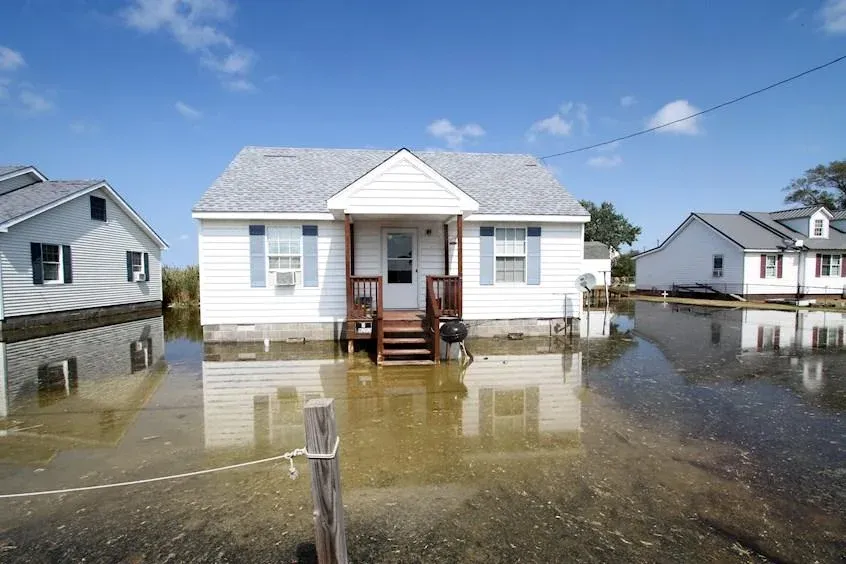The Resilience Adaptation Feasibility Tool (RAFT)
The RAFT is an innovative “collective impact” collaborative approach to climate resilience that brings together multidisciplinary partners and diverse stakeholders to aid coastal localities.

Coastal resilience is the capacity to anticipate threats, reduce the community’s vulnerability, and respond to and recover from hazardous events and chronic stresses. From hurricane preparedness to appropriate land-use policies to infrastructure protection systems, there are many programmatic and planning steps localities can take to increase their resilience.
Over 18 months, communities engaged in RAFT undertake:
- An independent assessment of their resilience, using The RAFT Scorecard;
- A community leadership workshop where participants discuss the locality’s strengths and opportunities;
- A Resilience Action Checklist of actions that will make a difference in community resilience and that can be completed and/or initiated within one year; and
- One year of implementation by The RAFT university collaborative and partners.
The RAFT process is supported through a mix of federal, state, and private foundation grants and donated services, and is provided at no cost to localities.
Want to Know More?
The RAFT was conceived and developed by an academic interdisciplinary collaborative led by the University of Virginia Institute for Engagement & Negotiation, the Virginia Coastal Policy Center (VCPC) at William & Mary Law School, and Old Dominion University/ Virginia Sea Grant (ODU). Various aspects of The RAFT are supported by the Environmental Resilience Institute at the University of Virginia.
This project has been supported by a variety of grants, including support from the National Fish and Wildlife Foundation, the Virginia Environmental Endowment, the Virginia Coastal Zone Management Program at the Department of Environmental Quality, the National Oceanic and Atmospheric Administration (NOAA) Office of Coastal Management, the Jessie Ball duPont Fund, and an anonymous donor.


